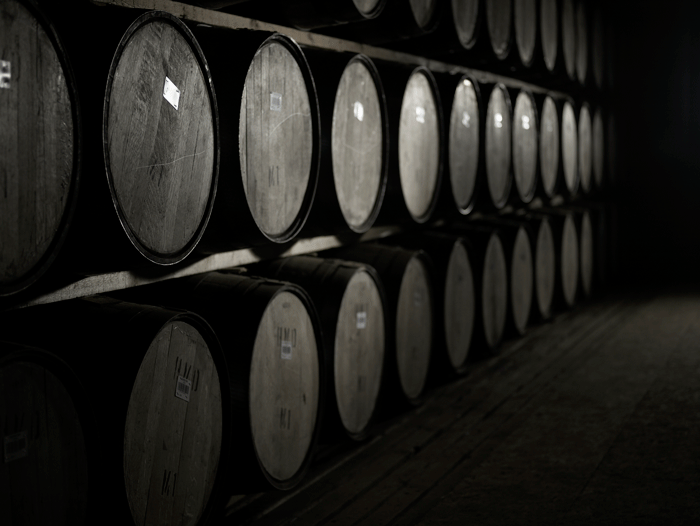How to collect whisky – part one
Author: Ronnie Cox
The earliest fatherly investment advice I received was the true story of my great grandfather who purchased shares in a gold mine in the late 19th century. So allegedly successful was the mine that it soon required a second injection of capital to fund its expansion. This he did willingly and, a year later, he found himself in South Africa where he made a small detour to visit said mine. What he discovered there was one man, a series of pulleys and a very insubstantial hole in the ground. Of course, stories of this kind are legion and in Scotland, the most infamous of these, without doubt, being the Darien Scheme when the country lost around one third of its total wealth in pursuing a dream which turned out to be hyped-up fantasy.
It was started by a self-perpetuating frenzy of greed in 1698 – coincidentally the same year in which our shop in St James’s Street became a coffee trader under the name of the Widow Bourne – and just a few years later it was recorded as an absolute disaster. Then came the South Sea Bubble in 1720, initiated in a similar part of the world, and, then, as if the lesson had been forgotten, the City of Glasgow Bank collapsed in 1878, the number of shareholders of this ‘unlimited’ bank plummeting from 1300 to just over 300 following five years’ pursuit of the outstanding debt. Rather too close for comfort are the recent and virtual collapses of The Royal Bank of Scotland and the Bank of Scotland – those blue-blooded, pension-company delights – both of which were brought to their knees by the actions of a few. I would argue that, in all of the above, greed played the leading role.
What has this all got to do with whisky collection you might ask? I have a friend who, some 15 years ago, purchased a cask from a recently renovated distillery for £1,000; “If it’s not worth much more, I’ll bottle it for my friends,” he remarked at the time. Recently, he arranged that I taste a sample of his proudly held (and now surely matured) stock. It was shockingly awful, and I had to break the disappointing news to him that not only had the cask been of poor quality – it had probably been called upon too many times before, much like the repeated use of a teabag where the influence of flavour and colour are increasingly negligible – but the distillery in question would only offer him £200 by way of compensation. I somewhat selfishly advised him to take the money, for I knew it would be the only dram on offer at his famous barbecues for years to come.
Whilst picking the right distillery and liquid en primeur can pay huge dividends – presuming you can get hold of it and you know what you’re doing – investing in the bottled product is as much fun and usually safer. What do you have to do? Simply select the right one, using a variety of criteria combining taste with current and future reputation, and scarcity. Tomorrow I shall not only expand on these factors but touch on some of the distilleries reaping the benefits of creating highly desirable bottled rarities.




Great stories and a very pleasing whisky THE GLENROTHES